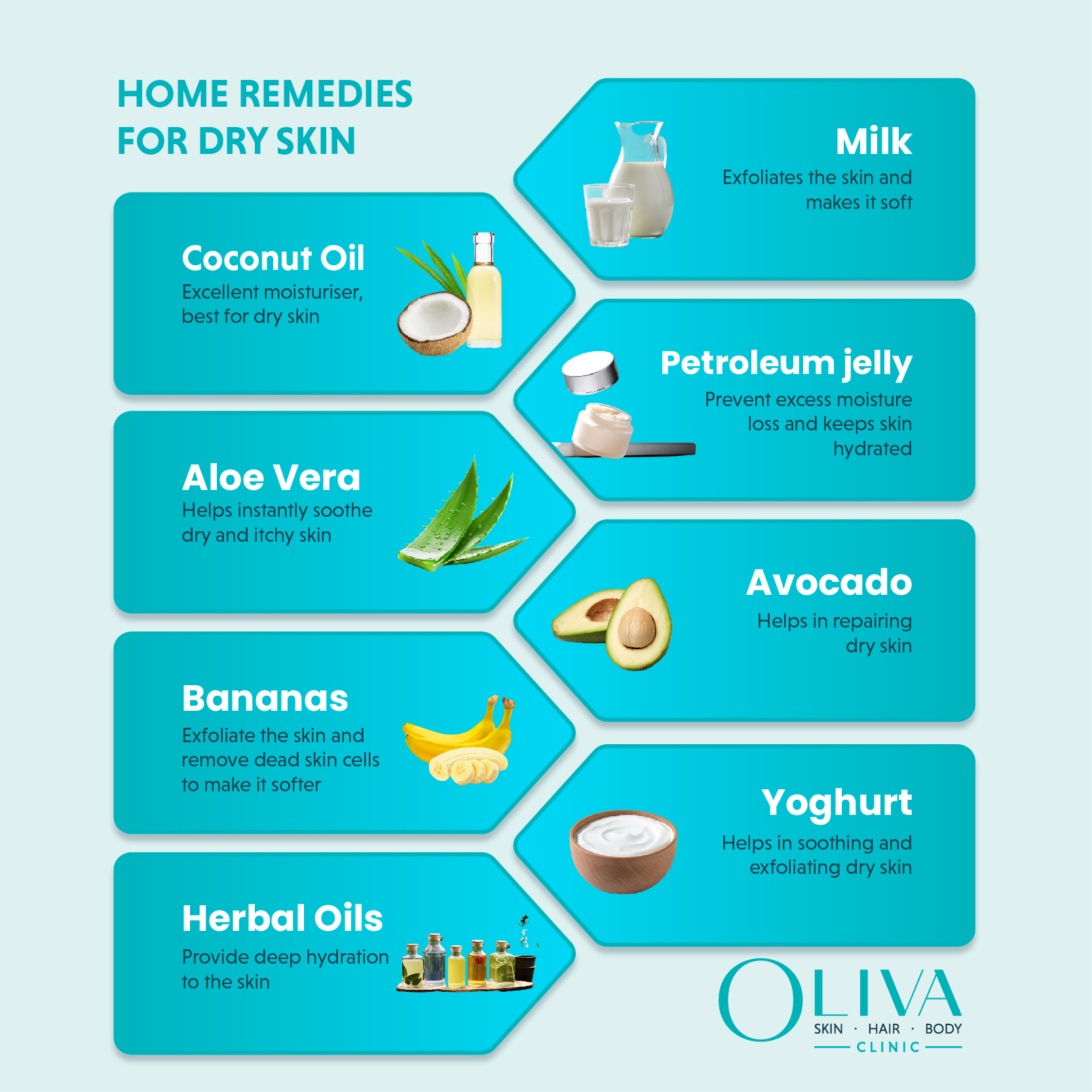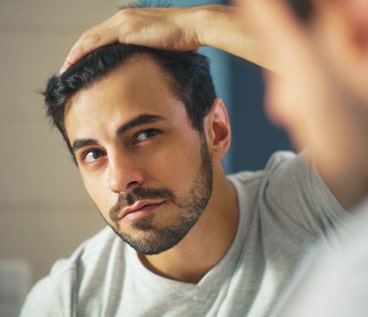Laser Skin Resurfacing: Cost, Benefits, Procedure, Before & After Results
Laser skin resurfacing is one of the most effective laser treatments for the face that helps to treat various skin concerns, such as hyperpigmentation, acne scars, uneven texture and more. With the help of this advanced laser skin treatment, the damaged layer of skin is removed in a controlled and precise manner. One can expect long-term improvement in tone and texture of the skin.
If you are wondering about side effects of laser treatment for face, then you must keep reading! This article covers everything you need to know about laser skin resurfacing treatment.

What Is Laser Skin Resurfacing? How Does It Work?
Laser skin resurfacing is one of the best medico-aesthetic treatments, popular around the world for its efficacy and results. The treatment harnesses the power of concentrated lasers to precisely target various skin concerns, including sunburn, dark spots, acne scars, wrinkles, fine lines and so on.[1] This treatment aims to rejuvenate the skin texture and improve complexion. The laser beams help remove the damaged outer layers of the target area by stimulating new collagen production. This increased collagen tightens the skin, making it smooth and even-toned.
Experts use two main types of lasers for the treatment:
- Ablative laser, which vaporises the skin and stimulates collagen production in the skin.
- A non-ablative laser, which heats the underlying dermis and encourages collagen production without removing the top damaged layer of skin.
Who Is An Ideal Candidate?
Laser resurfacing works on almost all skin types. Anyone suffering from the concerns mentioned above and over 18 years of age can opt for this procedure. However, it is not advisable for pregnant and lactating women. Clients under specific medication or those who are prone to hypertrophic scars or keloids may not be suitable candidates for this procedure.
Benefits Of Laser Skin Resurfacing:
Here are the top seven benefits of laser skin resurfacing treatment:
-
Safety:
The laser skin resurfacing treatment is an absolute safe treatment. It has been widely accepted and used as a cosmetic solution for the majority of skin concerns related to tone and texture.
-
Stimulates Collagen Production:
The laser skin resurfacing treatment triggers collagen production in the treated area. This offers natural skin improvement results.
-
No Downtime:
The treatment has nil downtime. One can resume regular activities after the treatment is over.
-
Non-Invasive:
The laser skin resurfacing treatment doesn’t involve any cuts or stitches. It is a non-invasive treatment that can be performed during lunch-hour.
-
Quick Treatment:
One need not spend more than 90 minutes for the treatment.
-
Long-lasting Results:
Compared to any other traditional skin treatments, laser skin resurfacing will offer lasting results. You can further retain the smoothness of the skin with follow-up sessions.
-
No Side Effects:
There are no major side effects from the treatment to worry about, as long as an experienced dermatologist is involved in the process. One may experience transient redness and swelling in the treated area and you can manage it with topical creams and cold compress as prescribed in the post-care instructions.
Body Areas That Laser Skin Resurfacing Can Treat
Dermatologists can perform laser skin resurfacing on the following body areas:
- Face: To treat acne scars, chicken-pox scars, post-traumatic scars, burn scars, surgical scars, hyperpigmentation, fine lines and wrinkles etc.
- Neck, Arms, And Chest: To treat marks secondary to acne, chickenpox, age spots, uneven skin tone due to suntan etc.
-
Before The Procedure:
- The dermatologist will examine your skin thoroughly during the consultation to assess the severity of your skin concern and customise a treatment plan that may include laser skin resurfacing as a standalone or combination treatment.
- Your dermatologist will share pre-care instructions to help you prepare or prime your skin before the laser resurfacing session to enhance its healing and reduce the risk of any possible side effects. You need to follow pre-care instructions for a few weeks before the actual procedure.
-
During The Procedure
-
- On the day of treatment, a qualified therapist will cleanse your skin to remove any traces of excess oil, dirt and makeup.
- She will then apply a numbing cream to the target area to ensure that the treatment is painless and comfortable.
- The doctor will perform a patch test by passing a laser beam on a smaller area before starting the procedure.
- The dermatologist will then customise the parameters like the fluency of the laser and the number of passes required based on your skin type and severity of the concern.
- A therapist will apply soothing cream and sunscreen after the doctor completes the session.
- Your doctor will provide post-care support to help you enjoy sustainable results.
Laser resurfacing works by creating controlled micro-injuries in scarred tissue. This stimulates collagen production and results in smoother, scar-free skin.
Laser skin resurfacing is generally safe when performed by a qualified dermatologist. However, there are risks of complications such as infection, scarring, or changes in skin tone. Adequate pre- and post-care and completing the sessions recommended by your dermatologist are a must to minimise these side effects.
Anyone over 18 can undergo laser skin resurfacing treatment if they have acne scars after consulting a dermatologist. Those who are pregnant or nursing their infants should skip this treatment for the time being.
Both chemical peels and laser resurfacing can effectively improve skin texture and appearance, but the choice depends on factors such as skin type and the type and severity of your acne scars. Laser resurfacing can target deeper scars that adversely affect the skin texture, while chemical peels may be better for pigmented acne marks.
Laser resurfacing can effectively reduce the appearance of acne scars by stimulating collagen production and improving the skin texture. However, the results depend on factors such as the type and severity of the scars.
Redness and swelling are common side effects after laser resurfacing and typically subside within a few hours to days. Following post-care instructions can expedite your skin recovery.
Our certified subject matter experts do extensive research and collate facts from reputed scientific journals and international studies to create informative and engaging articles related to all your dermatology concerns. They strive to help you decipher medical jargon, distinghnhgguish fact from fiction and overcome paranoia. Our qualified medical board or expert panel goes a step further to verify these facts based on their rich academic knowledge, vast clinical experience and critical industry insights to ensure you consume only medically accurate content that empowers you to make informed decisions about your hair and skin-care treatments and weight management. Check out our Editorial policy for further details.
https://www.ncbi.nlm.nih.gov/pmc/articles/PMC5315033/
https://www.ncbi.nlm.nih.gov/pmc/articles/PMC4289931/
https://www.ncbi.nlm.nih.gov/pmc/articles/PMC6163201/
